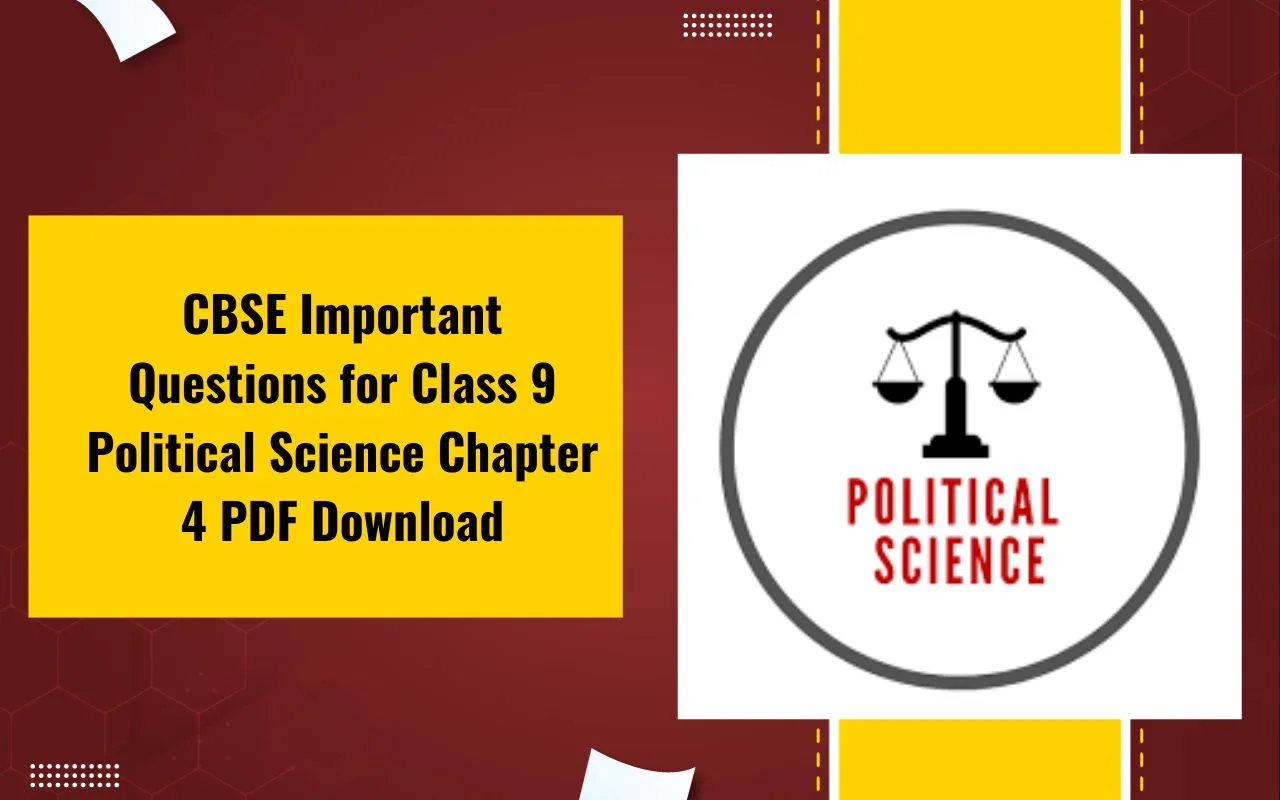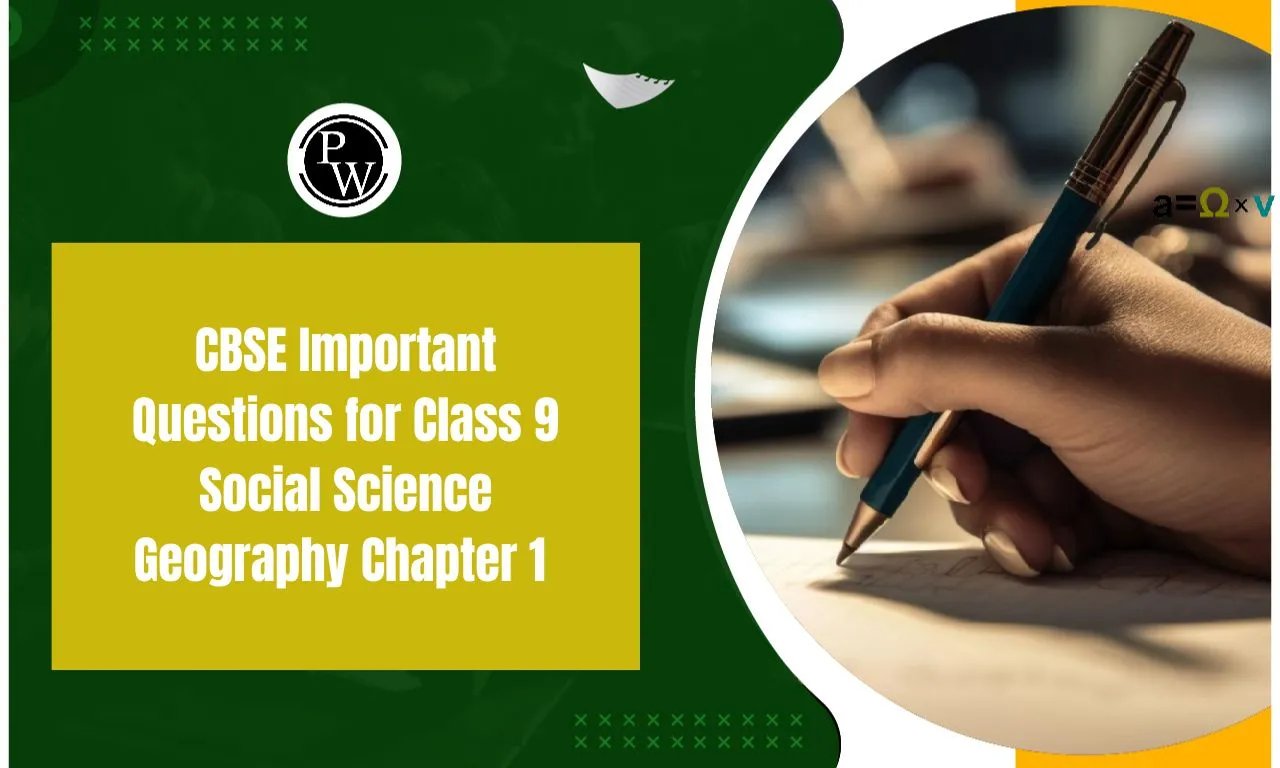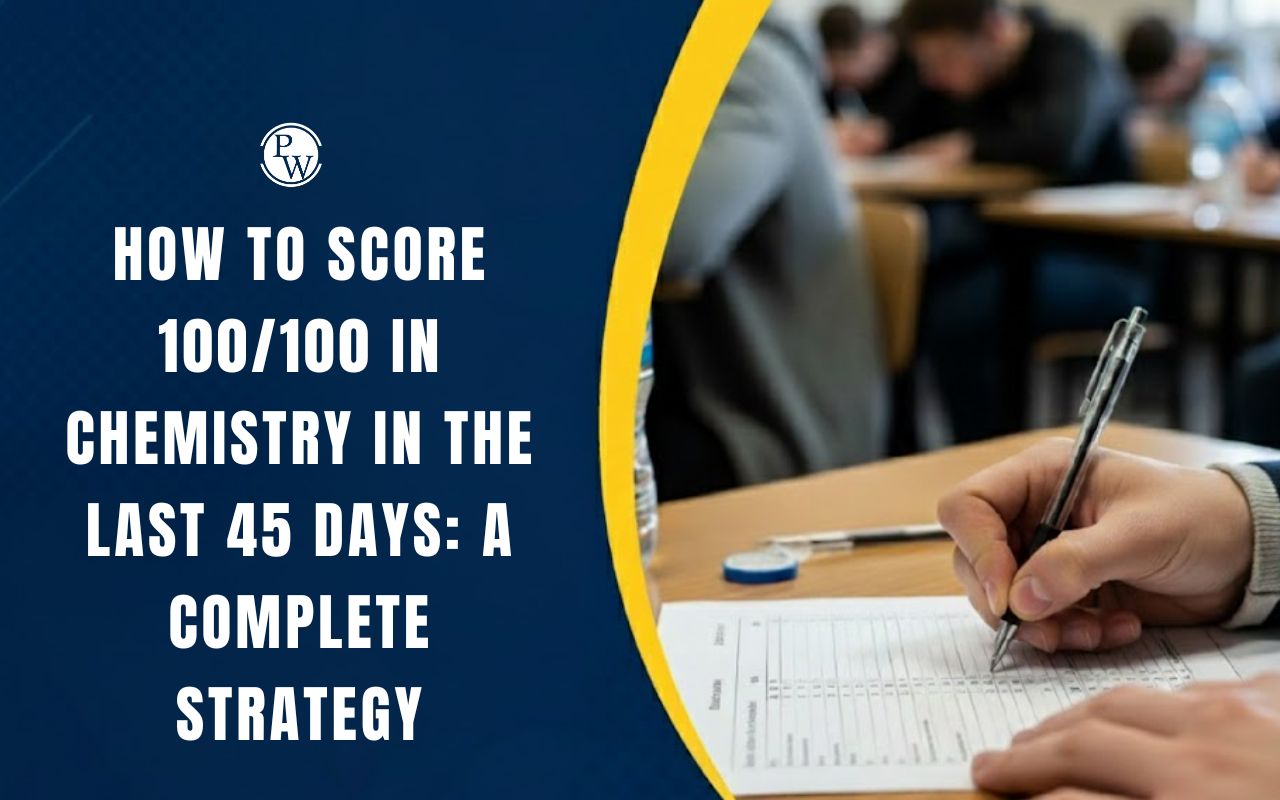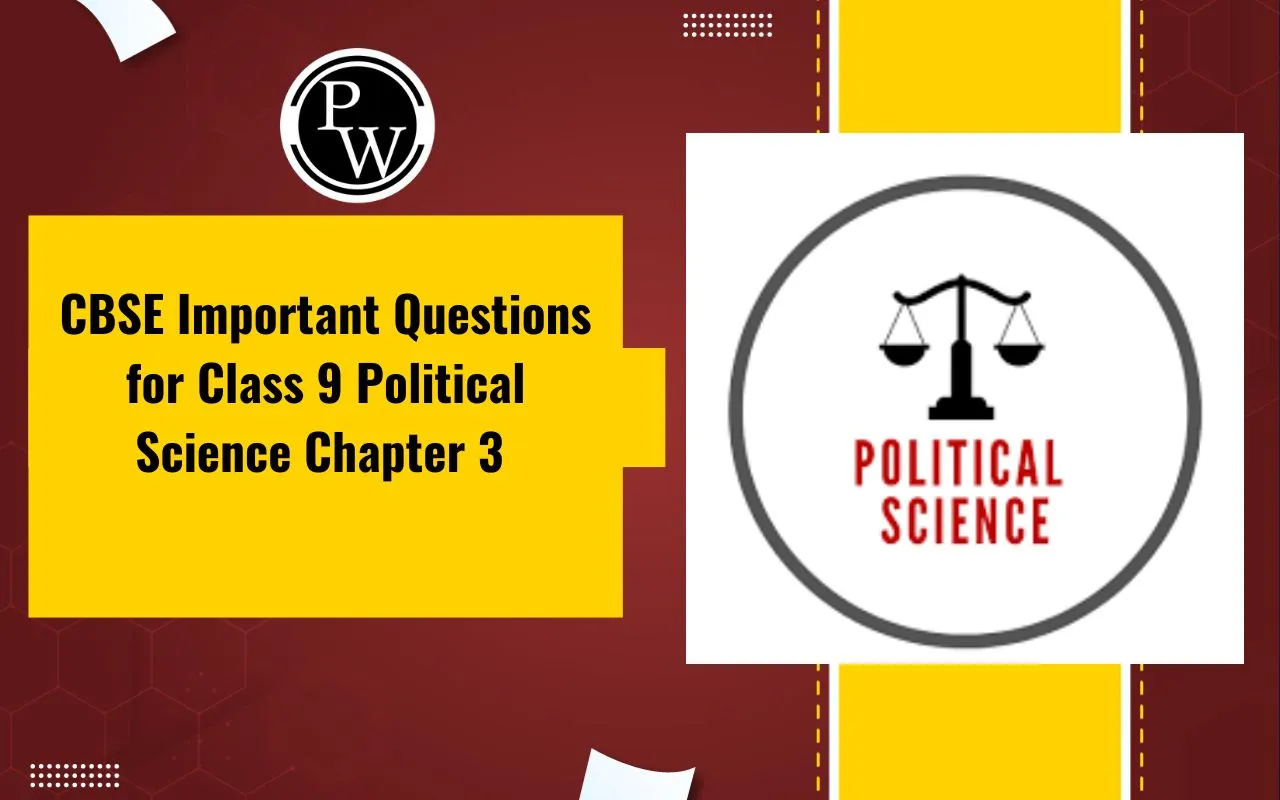

The Lens Maker's Formula is a theoretical equation used in optics to calculate the focal length of a lens based on its physical characteristics, specifically the refractive index of the lens material and the radii of curvature of the lens surfaces. Here's a brief overview of the theory behind the Lens Maker's Formula:
The Lens Maker’s Equation for Thin Lenses
Lens Maker’s Formula: Thin lenses are essential components in various optical systems, such as cameras, microscopes, and eyeglasses. Understanding how they work and how to design them is crucial. The Lens Maker’s Formula, also known as the Lens Maker’s Equation, is a valuable tool for achieving this.
1/f = (n - 1) [(1/R 1 ) - (1/R 2 )
Key Components of the Lens Maker’s Formula:
Before delving into Lens Maker’s Formula, let's familiarize ourselves with its key components:
- Focal Length (f): The focal length of a lens is the distance at which parallel rays of light either converge or appear to converge after passing through the lens.
- Refractive Indices (n): Refractive indices (denoted as 'n') measure how much a lens material can bend or refract light. Different materials have different refractive indices, affecting how light passes through the lens.
- Radii of Curvature (R): Lenses have curved surfaces, and the radii of curvature of these surfaces play a significant role in the Lens Maker’s Formula. They help determine the lens's geometry.
The Lens Maker’s Formula
The Lens Maker’s Formula relates the focal length (f) of a lens to the refractive indices (n) of the lens material and the radii of curvature (R) of its surfaces. It can be expressed as:
1/f = (n - 1) [(1/R 1 ) - (1/R 2 )
Where:
'f' is the focal length of the lens.
'n' is the refractive index of the lens material.
'R1' and 'R2' are the radii of curvature of the two lens surfaces.
This formula allows us to calculate the focal length of a lens when we know the refractive indices and radii of curvature. It considers the geometry of the lens and the properties of the surrounding medium.
Also Check – Transfer of Heat Formula
Limitations of Lens Maker’s Formula
While the Lens Maker’s Formula is a powerful tool for understanding and designing lenses, it's important to recognize its limitations. Here are some key points to keep in mind:
- Thin Lens Approximation: The Lens Maker’s Formula is based on the assumption that the lens is thin, meaning its thickness is negligible compared to its focal length. In cases where this assumption doesn't hold, the formula's accuracy may be compromised.
- Spherical Lenses: The Lens Maker’s Formula is primarily designed for lenses with spherical surfaces. When dealing with non-spherical lenses, such as aspheric lenses, the formula becomes less accurate. Aspheric lenses have more complex curvatures that cannot be fully described by the simple radii of curvature used in the formula.
- Limited to Two Radii of Curvature: The Lens Maker’s Formula only considers two radii of curvature, corresponding to the front and back surfaces of the lens. In real-world scenarios, complex lenses can have multiple surfaces and shapes, which the Lens Maker's Formula cannot fully address.
- Material Homogeneity: The Lens Maker’s Formula assumes that the lens material is homogeneous, meaning its refractive index remains constant throughout the lens. In practice, some optical materials may exhibit variations in refractive index, especially in gradient-index lenses.
- Wavelength Dependency: The formula does not account for the wavelength dependency of light. In situations where different wavelengths of light behave differently (dispersion), the formula's predictions may deviate from reality.
- Approximations in Real Lenses: Real lenses may have imperfections, manufacturing tolerances, and aberrations that are not accounted for in the formula. These imperfections can affect the lens's performance.
Understanding these limitations is essential for using the Lens Maker’s Formula effectively. Engineers and scientists should use it as a starting point and consider these factors when designing or analyzing optical systems. In cases where greater accuracy is required, more advanced optical modeling and simulation tools may be necessary.
Also Check – Thermodynamics Formula
Helpful Sign Conventions
Lens Maker’s Formula: Proper sign conventions are crucial in optics to ensure accurate calculations when using the Lens Maker's Formula. Let's explore some of the most common sign conventions in the context of thin lenses:
Direction of Light Rays: When working with lenses, we typically consider light rays that travel from left to right. Rays that approach the lens from the left side are treated as incident or incoming rays, while rays that emerge from the right side are considered refracted or outgoing rays.
Focal Length Sign Convention: There are two common sign conventions for focal length:
- Converging Lenses: For converging lenses (those that bring parallel rays of light to a focal point), the focal length is considered positive.
- Diverging Lenses: For diverging lenses (those that cause parallel rays of light to appear to diverge from a virtual focal point), the focal length is considered negative.
Radii of Curvature Sign Convention: When dealing with the radii of curvature of lens surfaces, consider the following conventions:
- Center of Curvature: The center of curvature for the surface facing the incident light is positive if it is in the same direction as the light's travel, and negative if it is in the opposite direction.
- Direction of Curvature: For the surface where light exits the lens, the direction of curvature is taken as positive if it is in the direction of the light's travel and negative if it's in the opposite direction.
Object and Image Distances: When measuring distances from the lens, the following conventions apply:
- Object Distance (do ): The object distance is positive if the object is located on the side of the lens from which the incident light approaches (usually the left side).
- Image Distance (di): The image distance is positive if the image is formed on the same side of the lens from which the outgoing light emerges (usually the right side).
These sign conventions are essential for correctly applying the Lens Maker's Formula and other optical calculations. They help ensure that positive and negative values are used consistently to represent the direction and properties of light, lens curvatures, and object and image locations.
By following these conventions, you can avoid common errors and ensure that your optical calculations are accurate and meaningful. They provide a standardized framework for analyzing and designing optical systems with precision.
Lens Maker’s Formula FAQs
Q1. What is the Lens Maker’s Formula, and when is it used?
Q2. How do I determine the focal length of a lens using the Lens Maker’s Formula?
Q3. What are refractive indices, and why are they important in the formula?
Q4. Can the Lens Maker’s Formula be applied to all types of lenses?
Q5. What happens when the radii of curvature are not perfectly spherical?
Q6. How do I deal with multiple lenses in a system using the formula?












